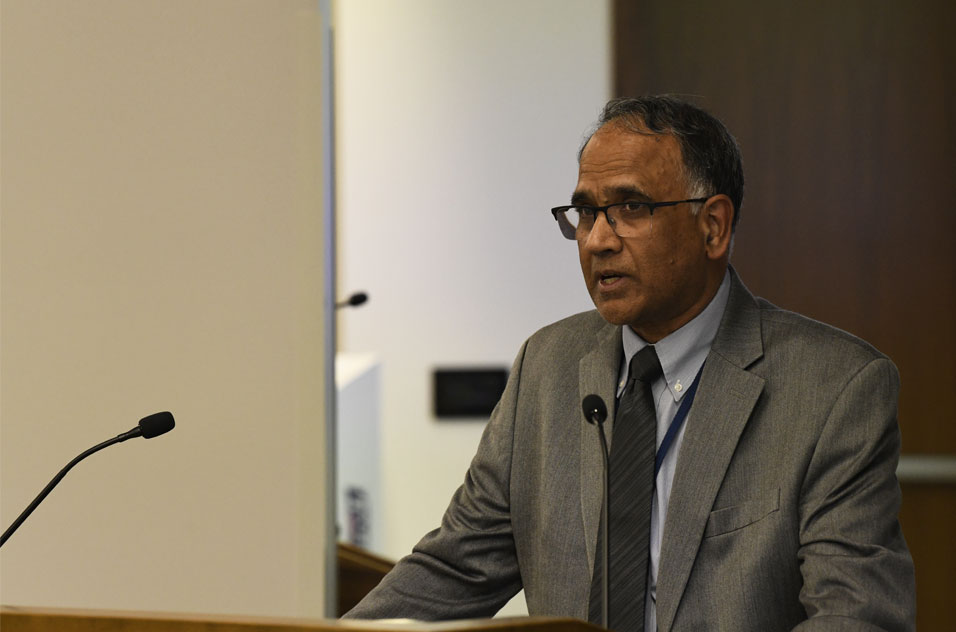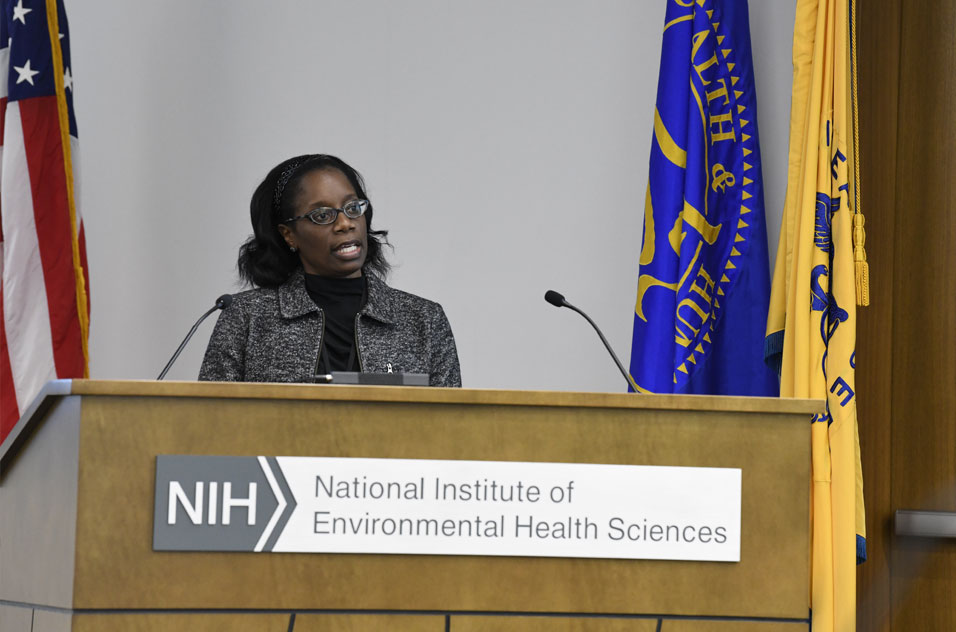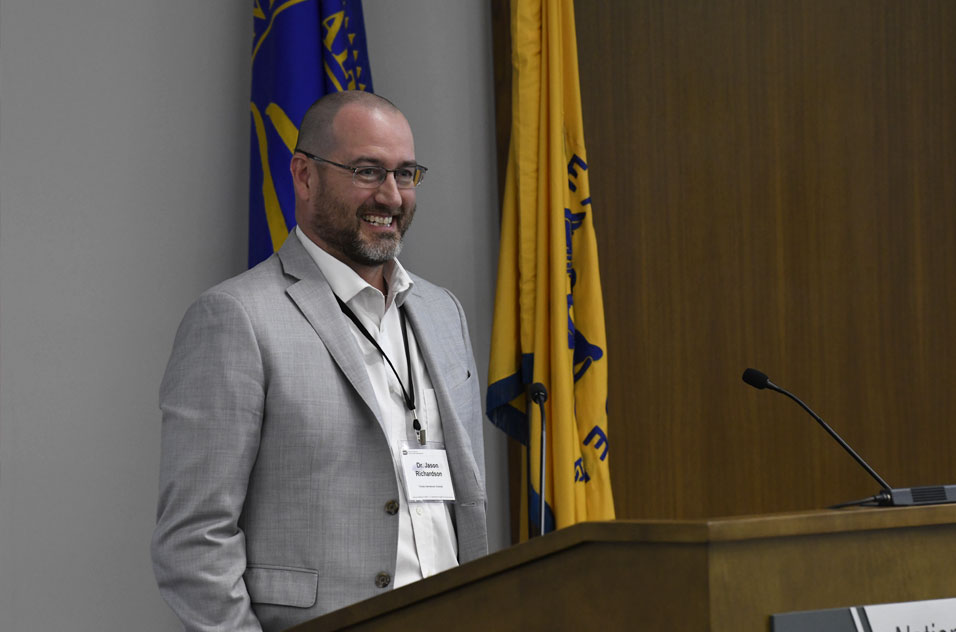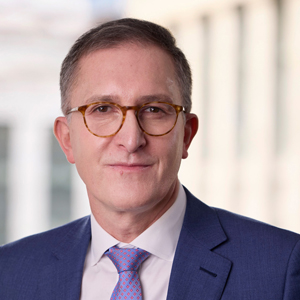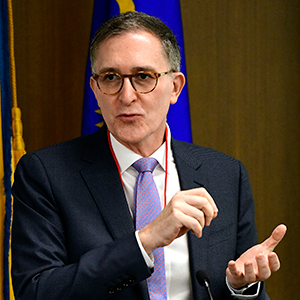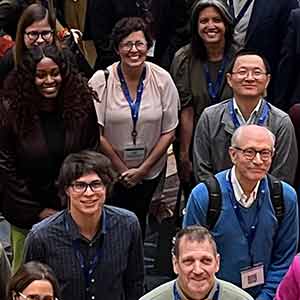Discussion of the environment’s role in health research across the National Institutes of Health (NIH), Alzheimer's Disease, and plans for a Research Coordinating Center on the Exposome were among the highlights of the 168th meeting of the National Advisory Environmental Health Sciences Council (NAEHSC), held Feb. 21-22. The hybrid meeting marked the first time post−COVID-19 that at least some of the participants attended in person at the refurbished Rodbell Auditorium at NIEHS.
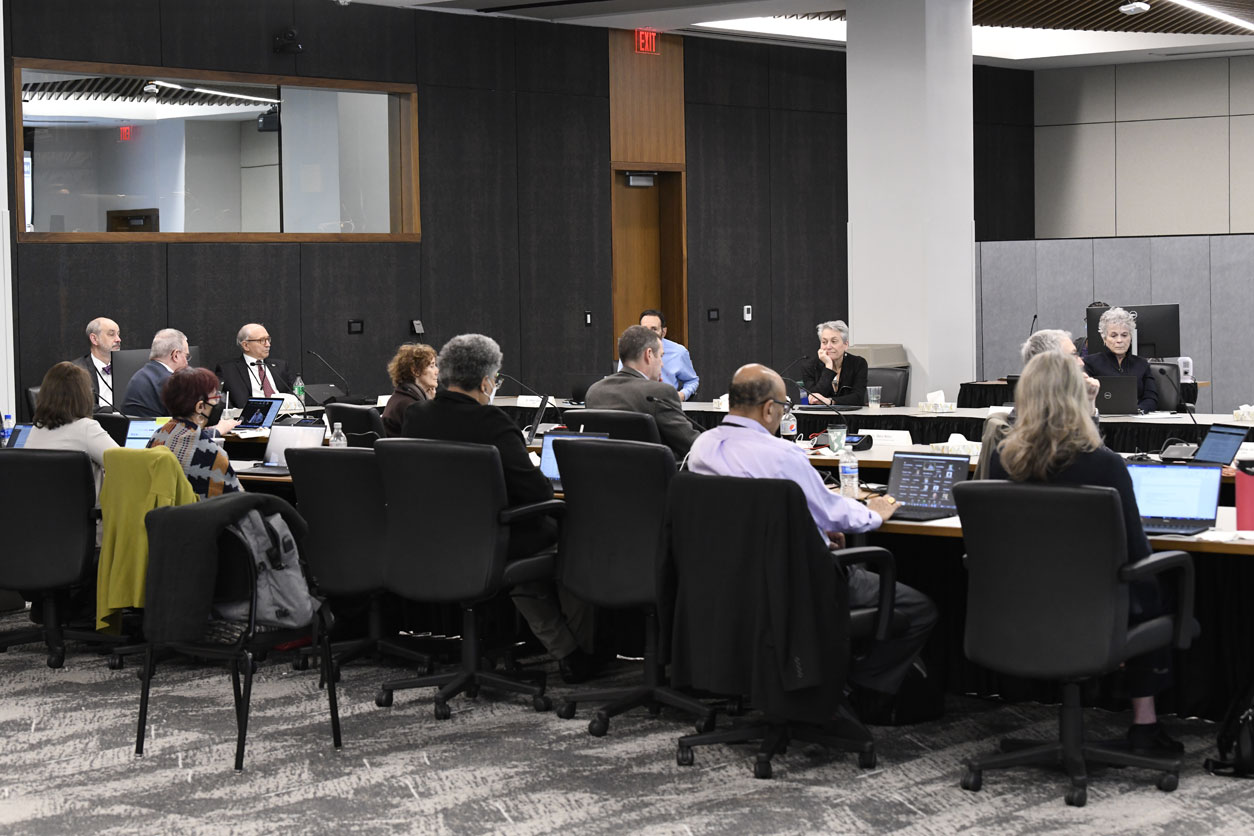
Directors deliver
NIEHS director Rick Woychik, Ph.D., updated the council on the recently approved budget, progress on the current strategic plan and plans for the next, as well as ongoing efforts to integrate studies of the environment’s role in health across NIH.
“Overall, it’s a good message,” Woychik said of the FY2023 NIEHS budget, which totals slightly over $1 billion with $40 million dedicated to the health effects of climate change. “Now the challenge is to determine how we spend that in the way that has the biggest impact on the environmental health sciences and biomedical science.”
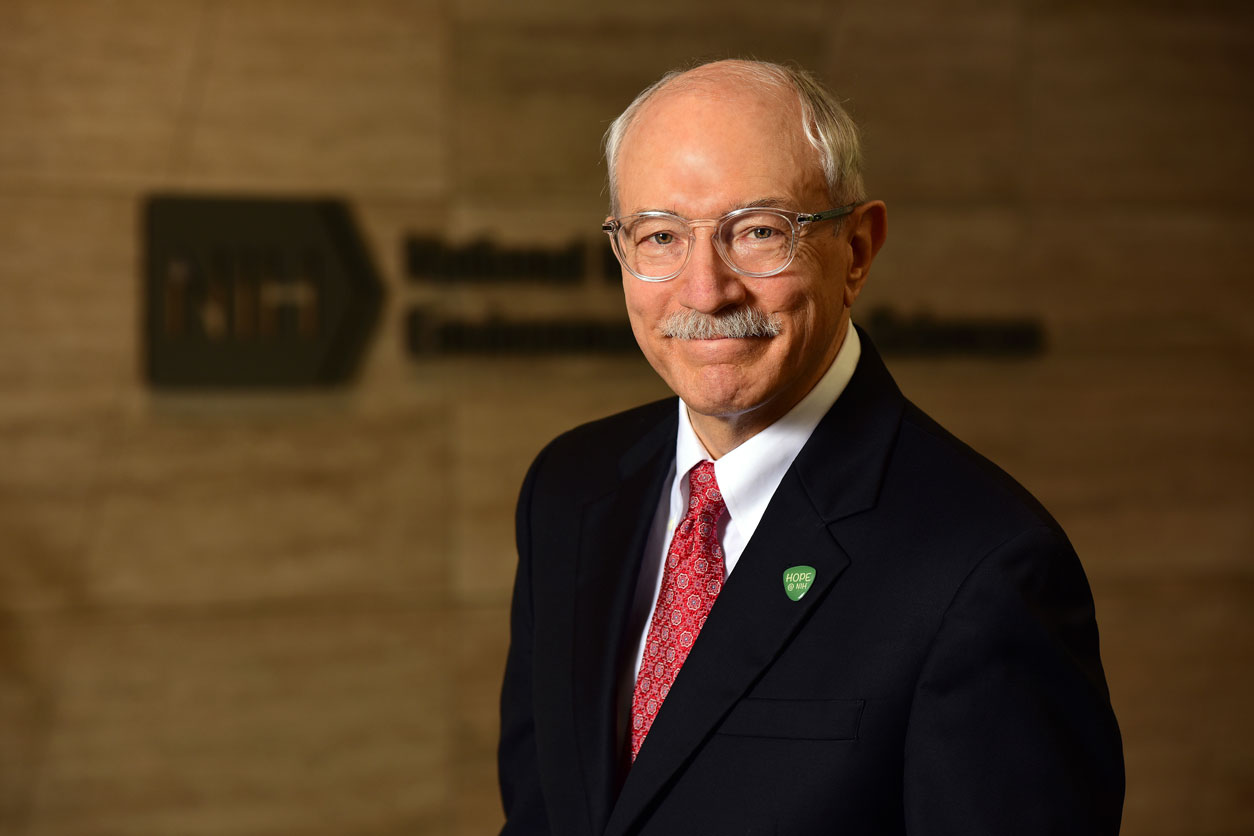
Efforts already underway include supporting exposomics, precision environmental health, climate change and health, and environmental justice. The new NIEHS Strategic Plan, which will cover calendar years 2024-2028, will build on the existing framework to advance environmental health sciences by promoting translation and providing scientific stewardship and support. Woychik encouraged council members and all attendees to provide their input for the new plan online.
David Balshaw, Ph.D., acting director of the Division of Extramural Research and Training (DERT), provided a rundown of FY2022 DERT funding and grant distribution. The division reviewed 1,298 funding applications, with total funding of extramural grants of $394.6 million. He noted that DERT is working hard to fund grants earlier and showed data supporting the trend.
Of note, Balshaw shared a new framework for grant review criteria. The new approach reorganizes the current five scored review criteria into three factors.
- Importance of the research.
- Feasibility and rigor.
- Expertise and resources.
Two thumbs up
Council members approved two program concepts, which will serve as the basis for future funding opportunities.
The Global Exposome Research Coordination to Accelerate Precision Environmental Health presented by Yuxia Cui, Ph.D., is intended to do the following.
- Develop a commonly agreed upon conceptual framework of the exposome.
- Identify agreed upon technologies, methodologies, and best practices for researching the exposome.
- Build a global exposome research community.
Liam O’Fallon presented Reporting Back Environmental Health and Non-Genomic Research Results, developed in partnership with the NIH Office of Science Policy and the All of Us Research Program. The initiative is designed to support multidisciplinary research projects to identify, develop, adapt, and test strategies for reporting back research results to study participants and key partners.
Environment and aging
Improved understanding of the environment’s role in aging and aging-related diseases was the focus of presentations by Richard Hodes, M.D., director of the National Institute on Aging (NIA) since 1993, and NIEHS grantee Jason Richardson, Ph.D.
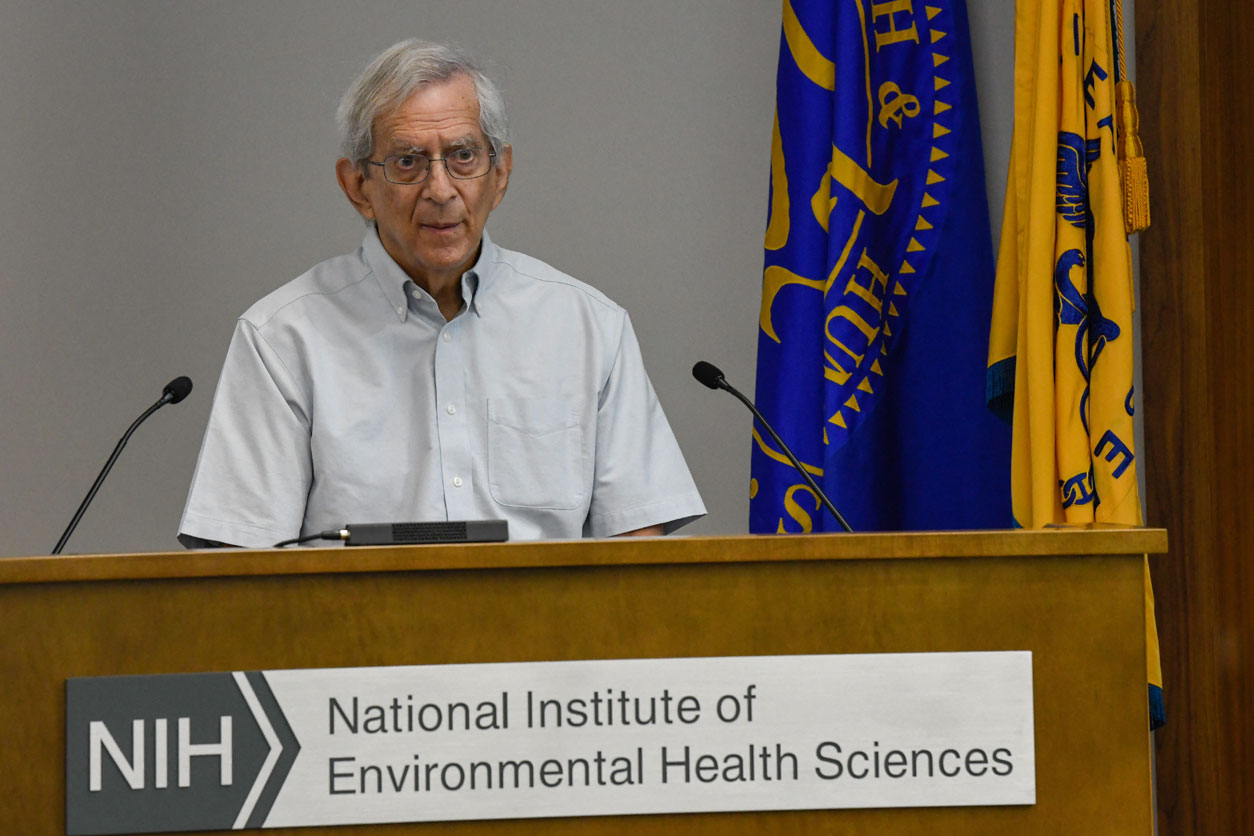
Hodes described several new NIA initiatives designed to shed light on how the cumulative effects of the environment interact with aging. For example, NIA recently announced a new funding opportunity to establish an Alzheimer's Disease/Alzheimer's Disease-Related Dementias (AD/ADRD) Exposome Coordinating Center.
In addition, he highlighted research indicating how exposures and environment impact disease risk and decline in aging, and research indicating accelerated aging following natural disasters.
“Some groups are more vulnerable to negative health effects of the environment than others,” Hodes said. “Among the vulnerable populations tends to be those who are older.”
In addition, Richardson described health disparities associated with AD/ADRD, citing evidence that the chemical DDT and its metabolite DDE, which have been linked to increased risk for AD, are more prevalent in African Americans and Mexican Americans. Of note, his lab has found DDT and DDE alter the activity of neurons in mice and iPSC-derived neurons, leading to enhanced AD pathology in mouse models of AD and that neurodegeneration is more profound when considering gene-environment interactions.
Richardson’s research team is also working to develop a precision medicine approach for AD that considers the interplay between genetic susceptibility and the exposome to identify disease risk.
The next NAEHSC meeting is scheduled for June 6-7, 2023.
(Ernie Hood is a contract writer for the NIEHS Office of Communications and Public Liaison.)





